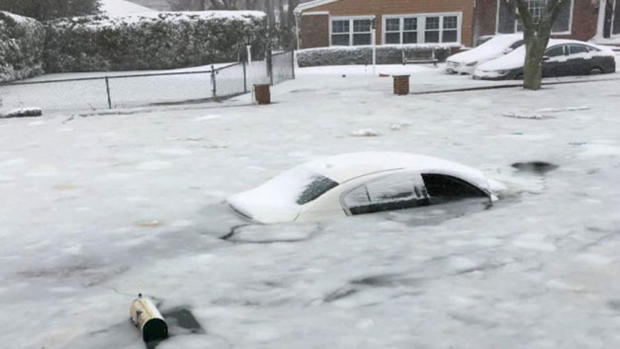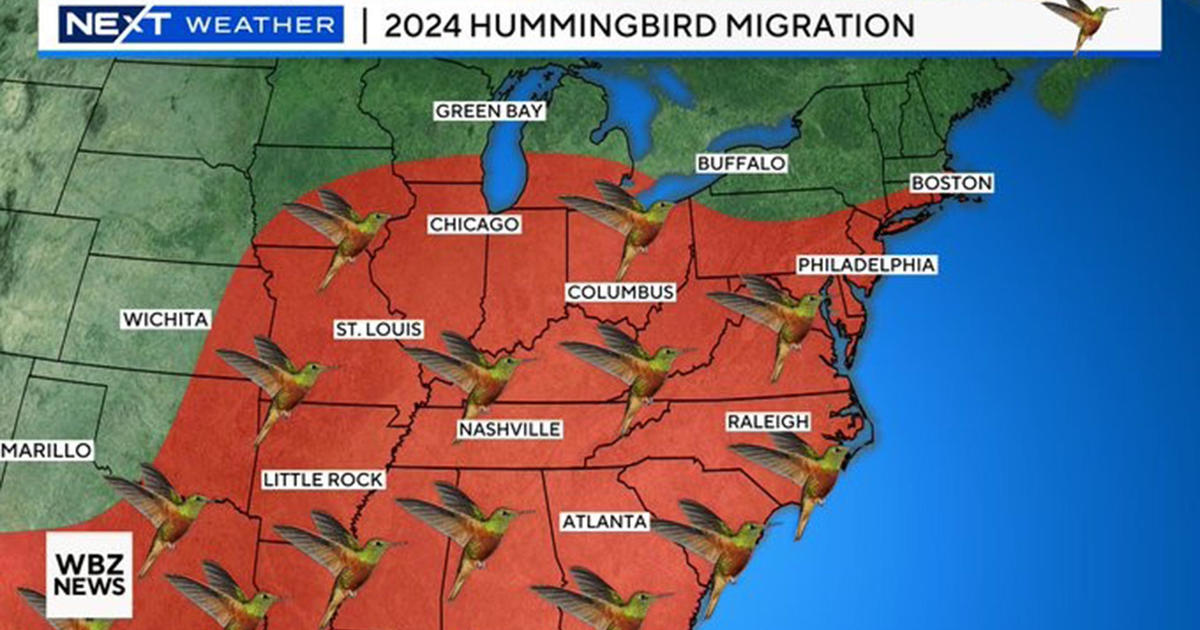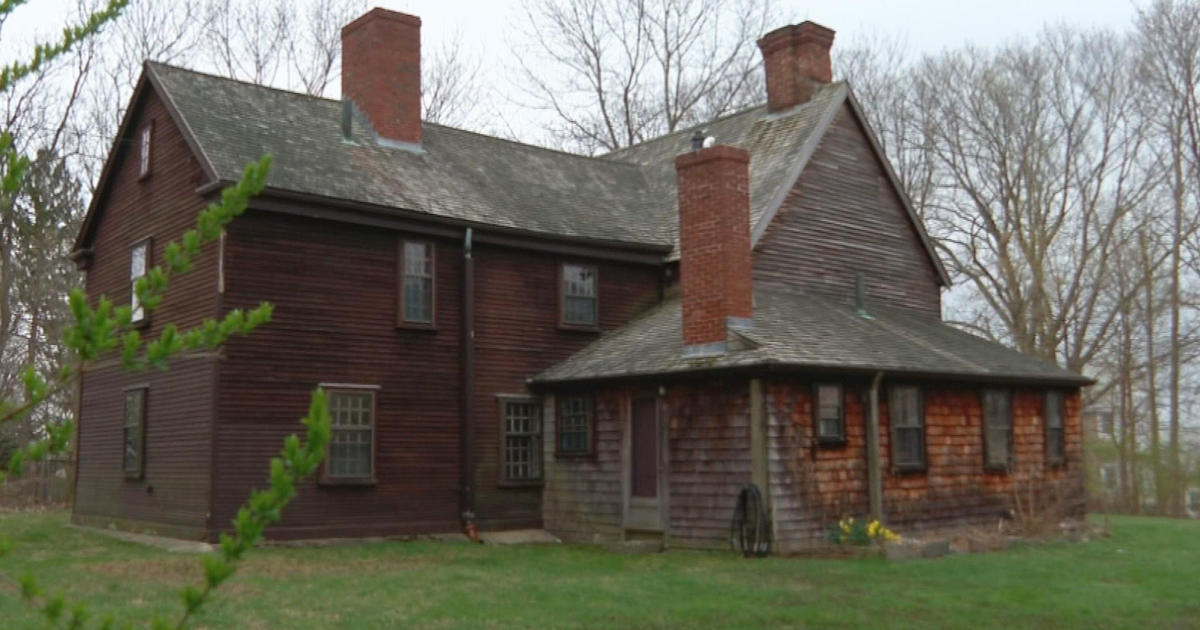Lobster, Ticks, Sea Levels Indicate Warming Climate In New England
BOSTON (CBS) – Usually, when we talk about weather and climate it depends on a bunch of charts and statistics. But people are often skeptical. Which is why the best way to demonstrate climate, might just be looking outside.
Biological markers are the easiest way to show a changing climate. For instance, many New Englanders have been keeping long records of when lakes freeze, or when fruit ripens. Both of these metrics back up the temperatures. At Moosehead Lake in Maine, the trend is both for later ice-in and earlier ice-out.
Locally at Blue Hill, the date of the first ripe blueberries continues to come earlier.
Related: Warmest Decade On Record In Boston Area
If you spend time outdoors, you are probably aware of the increase in ticks. In the past few years, the Lone Star tick has managed to make southern New England home, thanks to our less harsh climate.
If you're out on the water, the changes are significant. Lobster habitat has moved well northward as they search for cooler waters. Blue crabs are around in increasing numbers as they expand from the mid-Atlantic. Fishermen reported tropical mahi-mahi as far north as Buzzard's Bay in August 2018.
The 2010s also brought a sharp increase in 'sunny day flooding', in other words, flooding without a storm. The highest water level on record was set in 2018 during a snowstorm, beating out the blizzard of '78. The third highest level was reached just two months later.
In Boston the sea level has come up about 1 foot in the past 100 years through melting ice, thermal expansion with a warming ocean, and land subsidence. Estimates call for another 1-3 feet by the end of the decade.




